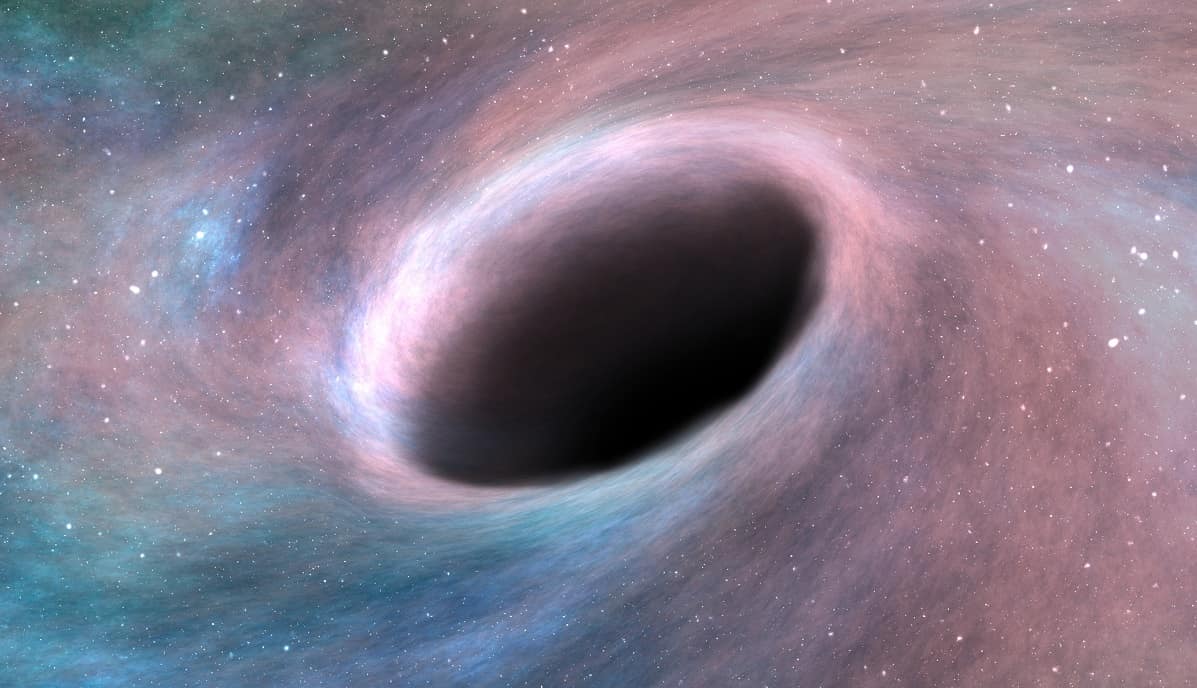Prescott Campus Team Contributes to LIGO’s Third Gravitational Wave Detection

Nine Embry-Riddle Aeronautical University researchers working on the Prescott, Ariz., campus were among the co-authors of a June 1 article in Physical Review Letters that describes the third detection of gravitational waves resulting from the collision of two massive black holes.
The research, based on measurements from LIGO, the Laser Interferometer Gravitational-Wave Observatory, rocketed through news headlines following an announcement spearheaded by the Massachusetts Institute of Technology (MIT), where physicist David Shoemaker serves as the spokesperson for the LIGO Scientific Collaboration.
Reporting in The New York Times, Dennis Overbye described the “space-time vibrations known as gravitational waves from the merger of a pair of mammoth black holes resulting in a pit of infinitely deep darkness weighing as much as 49 suns, some 3 billion light-years from here.”
LIGO scientists first played the chirping song of gravitational waves on Feb. 11, 2016. The discovery affirmed Albert Einstein’s 100-year-old prediction that “space-time” ripples around massive objects such as black holes.
Embry-Riddle’s contributions to the LIGO project, supported over the years by about $1 million in grants from the National Science Foundation (NSF), are directed by principal investigator Michele Zanolin, an Associate Professor of Physics on the Prescott Campus.
Zanolin’s research focuses on supernovae – the powerful explosions of stars that sometimes collapse into a black hole instead of vaporizing in space. So far, the LIGO consortium has detected gravitational waves resulting from the collision of black holes, but as Zanolin told ResearchER magazine earlier this year, it might soon be possible to detect ripples in space-time caused by supernovae, too. “In another 20 years we’d like to be able to listen to this whole symphony of gravitational waves,” he said.
Embry-Riddle authors on the latest LIGO research article were two faculty members – Zanolin and Assistant Professor of Physics Brennan Hughey -- plus Research Associate Sergio Gaudio and six students:
- Ph.D. candidate Kelly Ault O’Neal (engineering physics)
- Undergraduate Kiranjyot “Jasmine” Gill (space physics)
- Undergraduate James Pratt (space physics)
- Recent graduates Erik Schmidt and Sophie Schwalbe
- Ph.D. candidate Marek Jan Szczepańczyk (engineering physics)
As reported in ResearchER, Associate Professor of Physics Andri Gretarsson has also participated in the LIGO research, in particular by working on optical coatings for LIGO’s highly sensitive mirrors.
This time, Zanolin explained, the Embry-Riddle team’s main contribution, mostly led by Brennan Hughey, was to “characterize instrument disturbances that could be confused with gravitational waves.”
In addition, he said, the group developed algorithms that searched for waves “without making any assumptions about the detailed form of the signal,” and they participated in reviewing the analysis that went into the Physical Review Letters paper.
Student Discoveries Drive LIGO Science
When the LIGO consortium first confirmed gravitational waves in 2016, undergraduate Jasmine Gill was the youngest of 1,004 authors on the research paper.
Embry-Riddle’s emphasis on engaging students in research at an early stage of their education offers tremendous benefits to them and to the project, Zanolin noted.
Of Gill’s experience with the LIGO research efforts, he said: “Her career is skyrocketing. Besides the discovery paper, she is leading three other papers.” With colleagues at the Oak Ridge National Laboratories, for instance, Gill is modeling the gravitational waves generated by supernovae. She is also developing an algorithm that distinguishes true gravitational waves caused by supernovae that have collapsed instead of exploding, versus noise or interference in the LIGO instruments.
Gill spent the spring semester conducting research on a full-time basis, in collaboration with colleagues at the California Institute of Technology, the Carnegie Observatories and Berkeley as well as Embry-Riddle. In addition, Zanolin reported, Gill and Ph.D. candidate Marek Jan Szczepańczyk “organized a week-long outreach event on LIGO science for high-school students who are part of the Native American Navajo nation.”
Szczepańczyk continues to serve as world chair for the LIGO group on “Core Collapse Supernovae,” Zanolin said. Szczepańczyk, already a well-published scientific author, was one of the organizers of the first conference focused on data analysis related to gravitational waves that happen when the core of a supernova collapses.
MIT’s official news release on the June 1 LIGO discovery reported that “the newfound black hole, formed by the merger, has a mass about 49 times that of our sun. This fills in a gap between the masses of the two merged black holes detected previously by LIGO, with solar masses of 62 (first detection) and 21 (second detection).”
France Cordova, director of the National Science Foundation, which is funding the LIGO research along with multiple international organizations, told The New York Times that the work is “taking us deeper into time and space in ways we couldn’t do before the detection of gravitational waves.”
About the LIGO Project
LIGO is funded by the National Science Foundation (NSF), and operated by MIT and Caltech, which conceived and built the project. Financial support for the Advanced LIGO project was led by NSF with Germany (Max Planck Society), the United Kingdom (Science and Technology Facilities Council) and Australia (Australian Research Council) making significant commitments and contributions to the project. More than 1,000 scientists from around the world participate in the effort through the LIGO Scientific Collaboration, which includes the GEO Collaboration. LIGO partners with the Virgo Collaboration, a consortium including 280 additional scientists throughout Europe supported by the Centre National de la Recherche Scientifique (CNRS), the Istituto Nazionale di Fisica Nucleare (INFN), and Nikhef, as well as Virgo’s host institution, the European Gravitational Observatory. Additional partners are listed at: http://ligo.org/partners.php.

 Ginger Pinholster
Ginger Pinholster